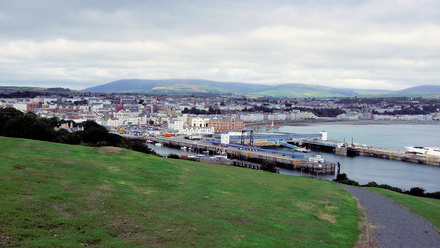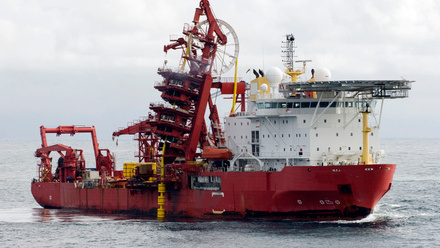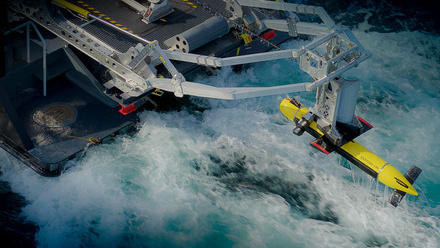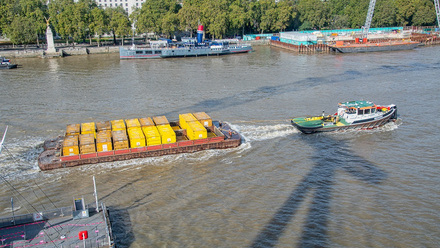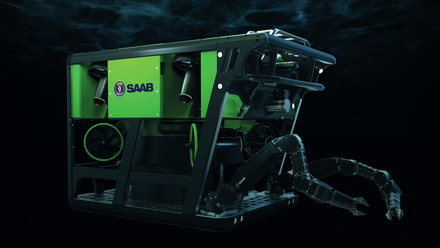SubRace 2024: inspiring the next generation of marine engineers
This summer, teams of university students will be pitting their skills in the European International SubRace, a competition that combines engineering, design, technical expertise, and human endurance.
SubRaces are quite unlike any other race. "Basically, people race in underwater bicycles. Students design and build these torpedo-shaped submarines. Then they're dropped into five metres of water and flooded inside. Then they put a diver in it, and we say, go nuts," says Professor William Megill (CMarSci, FIMarEST), European International SubRace Race Director.
Hosted by IMarEST and QinetiQ, the 2024 SubRace will take place at QinetiQ's facilities in Gosport, England, between 24 June and 5 July. "They have a huge tank – 60 meters by 120 meters and six meters deep," says Megill.
"When I first saw [the tank] back in 2009 or 2010, I thought, we can't just leave this amount of water sitting here. We have to do something fun with it." It was by collaborating with IMarEST that Megill's thoughts turned into the SubRace.
"At the time, I was lecturing at the University of Bath. Admiral Sir Robert Hill, a past president of IMarEST and Frank Mungo, who was, at that time, IMarEST's treasurer, were helping to referee some of the student's papers, and we discussed the idea of the race. Frank connected us with the CEO of QinetiQ, who was quite keen on the idea."
The rest, as they say, was history. "It snowballed because people saw it was a great opportunity. It's about engaging young people. It's about creating new engineers. It's about getting underwater. It's a sporting event,” confirms Megill.
A taste of marine engineering
The European International SubRace is open to students from any university. "Students will find a professor or sponsor within their university, then get a team together, raise money, build their submarine, test it in a swimming pool, maybe make some changes and test it again, then bring it to our ginormous pool and race," says Megill. Depending on the university, the project will either be worked into their curriculum or sit as an extracurricular activity.
Interestingly and arguably importantly, teams aren't necessarily made up of students specialising in marine engineering. "At [the University of] Warwick, for example, it's all done by the materials engineering department. When I was at Bath, we worked out of a mechanical engineering department, but it was really a mix of aerospace and mechanical engineers. At my current university, Rhine-Waal University in Germany, we're a couple of hours from the ocean, and my students who are making these submarines are primarily bionics or biomedical students.
"In the maritime industry and in relation to conservation and climate change, we've got some really important challenges that we need engineers to work on. If we can capture the attention of engineers while they are at school and show them something really cool about marine engineering and show them that this sector is an option for them, then that is invaluable,” concludes Megill.
Chris Goldsworthy, Chief Executive of IMarEST, echoes the importance of this early engagement.
"We're delighted to again be supporting the European International SubRace for 2024. The competition is a great opportunity for young engineering students to put their academic learning into real life practice by creating a human-powered submarine. Engineering skills are in great demand in the marine sector, so experiences such as these are invaluable not only for those taking part, but it also provides great inspiration to future generations who may be considering a career in our sector."
Learn more about the European International SubRace 2024.
Student members are invited to share ideas and work together on IMarEST Connect, IMarEST’s new member networking platform.
Image: Students prepare their submarine Rivershark; credit: CC BY SA 4.0 by eISR.

